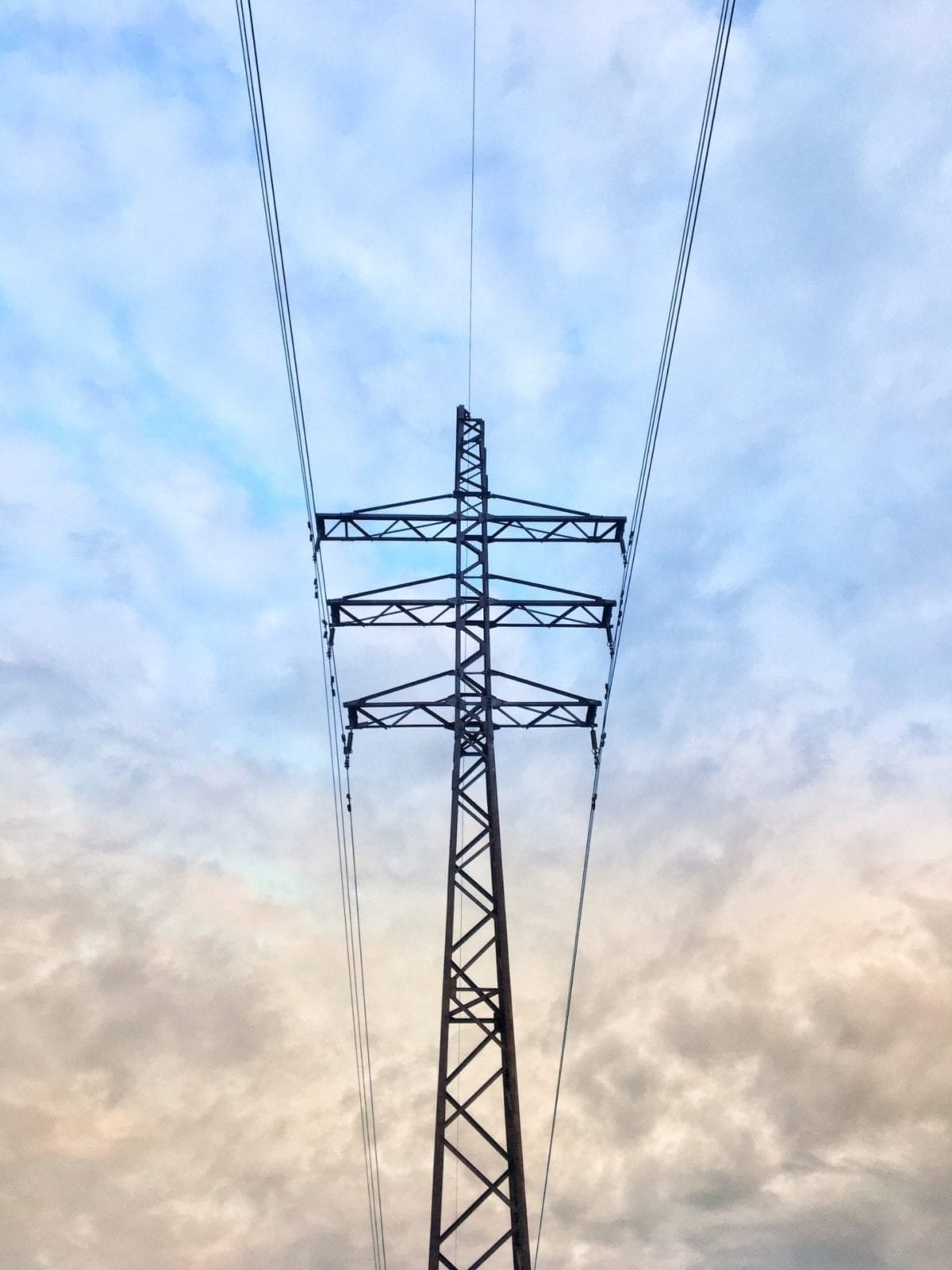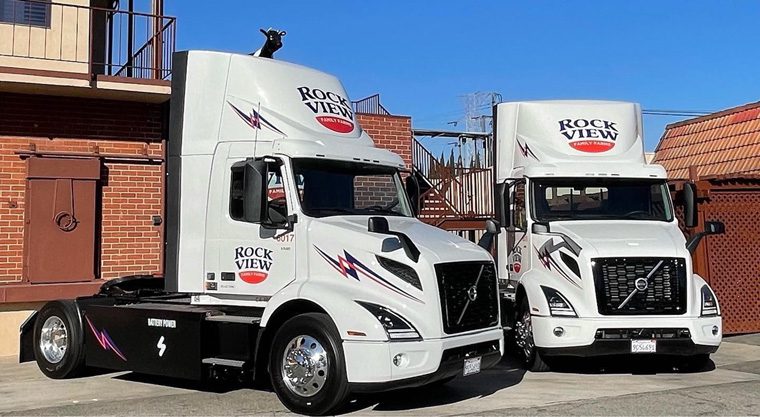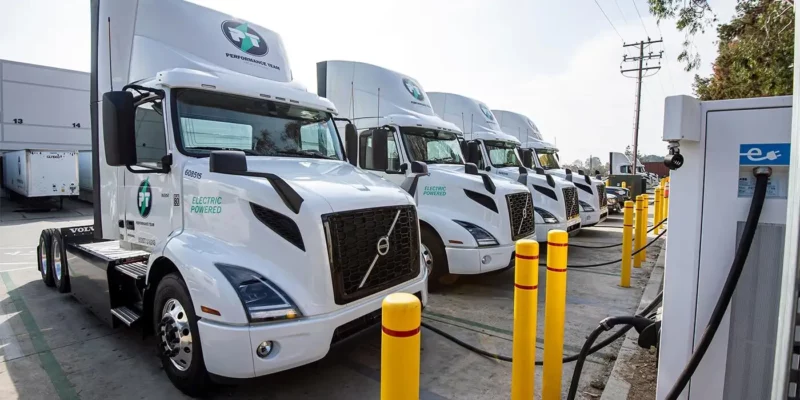News & Media

Utilities Work Hard to Drive EVs
Spurred by last year’s landmark $750 million plan from the California Public Utilities Commission (CPUC), investor-owned utilities (IOUs) across California are now racing to deploy programs and offer attractive financial incentives to ease their medium- and heavy-duty customers’ transition to electric vehicles.
As transportation is the single largest source of climate-related pollution in California, the CPUC’s plan dedicated more resources to support the electrification of medium- and heavy-duty commercial fleets than any previous programs offered by the state’s utilities.
With several state-wide funding incentive programs to help offset the purchase of zero emission vehicles, medium- and heavy-duty-capable electric vehicle charging infrastructure remains a complex and expensive piece of the zero emission puzzle.
California’s largest investor-owned utilities, Southern California Edison (SCE) and Pacific Gas & Electric (PG&E), are leading the way by addressing the biggest hurdles that fleet owners face when considering commercial vehicle electrification—high infrastructure costs and demand charges.
Southern California Edison – Charge Ready Transport Program
In May of this year, Southern California Edison (SCE) launched their Charge Ready Transport program—the largest of its kind in the nation. SCE, whose service area covers 50,000 square miles and stretches from Southern to Central California, specifically targets medium- and heavy-duty vehicles including trucks, transit and school buses, TRUs, airport ground support equipment, and port equipment. With a budget of nearly $356 million, the utility expects to support the electrification of at least 8,490 medium- and heavy-duty vehicles throughout the course of the five-year program.
For installation, SCE offers two options. The utility can install electric vehicle charging infrastructure at no cost to customers, or fleets can choose to install, operate, own, and maintain charging infrastructure for 80% of cost after SCE rebates. SCE offers additional rebates to cover 50% of the base cost to purchase charging stations for transit agencies, school districts, or fleets located in disadvantaged communities (DACs). Fleets must purchase at least two EVs or convert at least two fossil-fuel vehicles to electric to be eligible for their program.
SCE is also doing away with demand charges for fleet customers participating in their Charge Ready Transport program for five years. Demand charges—determined by the highest 15-minute average usage recorded within a given month—if not carefully managed, can often lead to unpredictable and unexpectedly high monthly costs for fleet managers. Fleets will also be able to access new time-of-use rates designed specifically for electric vehicles and which are meant to shift EV charging away from peak hours.
Pacific Gas & Electric – EV Fleet Program
After launching a robust utility-sponsored light-duty EV charging program just earlier this year, PG&E is now doubling down by investing in electric infrastructure in the medium- and heavy-duty sector. With $236 million budgeted over the next five years, the state’s largest utility has a goal of reaching more than 700 organizations and supporting the adoption of at least 6,500 medium- and heavy-duty electric vehicles by 2023.
PG&E’s EV Fleet program offers dedicated electrical infrastructure design and construction services, significant cost offsets for electrical infrastructure work, and additional EV charger rebates for eligible equipment. Through PG&E’s EV Fleet program, customers are responsible for the cost of charging equipment (with additional incentives available), but PG&E will cover the cost for “make-ready” infrastructure system “from pole to meter” that PG&E then owns, operates, and maintains. PG&E also offers additional substantial incentives for disadvantaged communities, school, and transit bus customers.
With these newly available rebates and incentives available to help offset infrastructure costs, utilities are valuable resources for fleets to begin engaging with as early as possible. The timeline for planning, upgrading, permitting, and installing EV fleet infrastructure is lengthy and time consuming. With more fleet-friendly utility programs in place, fleet owners can start working with their local utilities from the very beginning—helping to shorten the infrastructure timeline and even the lag time between planning stages.
With such significant funding available, it may seem like the path is straight forward for California, but in reality, the hard work is just beginning. Utilities across the US will be looking to California’s programs successes to gauge their own path forward.
Utilities across the nation are in a powerful position. They are one of the few entities with the scale and resources to lay the foundational groundwork for wide-scale commercial EV adoption—which means not only a total transformation of our transportation systems but our energy infrastructure.


